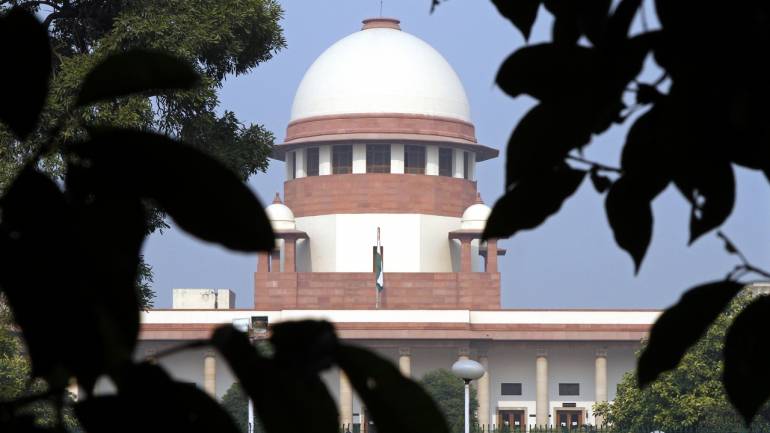A five judge constitutional bench of the Supreme Court has reaffirmed its 2011 order, upholding the legal sanctity of passive euthanasia. Moreover, the Apex Court has gone a step further, and also provided for living wills, wherein a person, in advance, can authorise the withdrawal of life support if recovery seems impossible. In an interview to CNBC-TV18, Vipul Mudgal, Director, Common Cause Petitioner, Anuja Kapur, Psychologist and Social Activist, and Dr NP Singh, Senior Doctor at Max Hospital spoke about how will this decision impact the terminally-ill patients.
The right to die with dignity is a subset of the fundamental right to life, a principle now crystalised by the Supreme Court in today's landmark judgment. A five judge constitutional bench of the Supreme Court has reaffirmed its 2011 order, upholding the legal sanctity of passive euthanasia.
Moreover, the Apex Court has gone a step further, and also provided for living wills, wherein a person, in advance, can authorise the withdrawal of life support if recovery seems impossible.
As per today's judgment, a patient can draw up a document, an advance directive regarding their treatment when he/she can no longer express informed consent. This will help in withdrawing medical treatment so that the patient can die with dignity and in a lot of cases help a struggling family monetarily.
So far, it is only allowed in five countries including Japan, Canada, Germany, Columbia and the latest addition to the list being India. The court has lobbed the ball into the government's court to frame a legislation or amend existing legislations. Till that is done, the Supreme Court's guidelines will have to be followed.
In an interview to CNBC-TV18, Vipul Mudgal, Director, Common Cause Petitioner, Anuja Kapur, Psychologist and Social Activist, and Dr NP Singh, Senior Doctor at Max Hospital spoke about how will this decision impact the terminally-ill patients.
For entire discussion, watch accompanying video...




